A space rock collision may explain how this exoplanet was born0
- From Around the Web, Space
- February 5, 2019
Convincing evidence for such collisions outside the solar system is rare
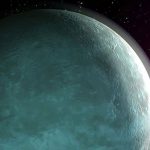
Convincing evidence for such collisions outside the solar system is rare

The heavy bombardment of terrestrial planets by asteroids from space has contributed to the formation of the early evolved crust on Earth that later gave rise to continents — home to human civilisation.
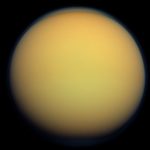
Saturn’s moon is one of the best places to look for life in the solar system
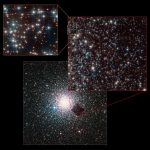
Astronomers using the NASA/ESA Hubble Space Telescope to study some of the oldest and faintest stars in the globular cluster NGC 6752 have made an unexpected finding. They discovered a dwarf galaxy in our cosmic backyard, only 30 million light-years away. The finding is reported in the journal Monthly Notices of the Royal Astronomical Society: Letters.
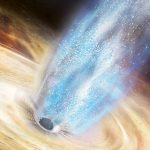
Scientists have charted the environment surrounding a stellar-mass black hole that is 10 times the mass of the Sun using NASA’s Neutron star Interior Composition Explorer (NICER) payload aboard the International Space Station.

We are already aware of many of the dangers that spaceflight can inflict on the human body.
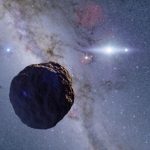
For the first time ever, astronomers have detected a 1.3 km radius body at the edge of the Solar System. Kilometer sized bodies like the one discovered have been predicted to exist for more than 70 years. These objects acted as an important step in the planet formation process between small initial amalgamations of dust and ice and the planets we see today.
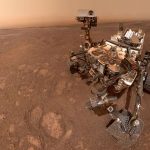
Rock under the rover’s wheels is more like soil than cement, a clue to how Mount Sharp formed
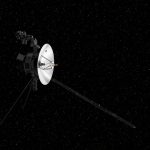
In December 2018, NASA’s Voyager 2 spacecraft reached interstellar space, following the example of its sister, Voyager 1. Right now, only five spacecraft have been launched capable of making such a grand exit, including the Voyagers. The remaining three are Pioneers 10 and 11, and New Horizons. Which one will be the next to make a great escape?

Interplay of twisting magnetic field, ‘negative-energy’ particles



